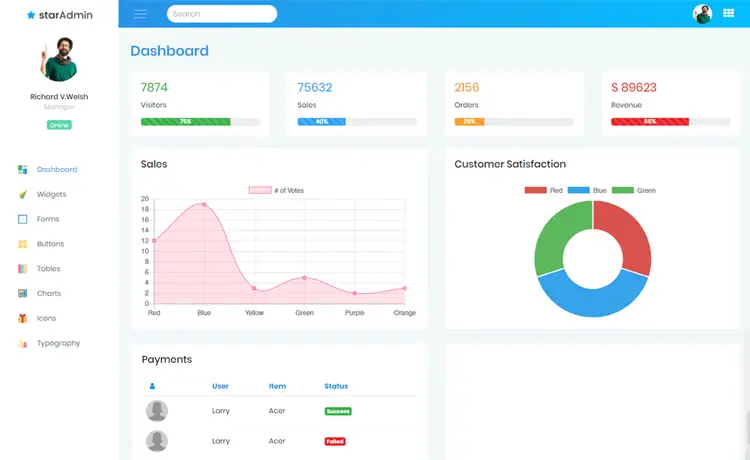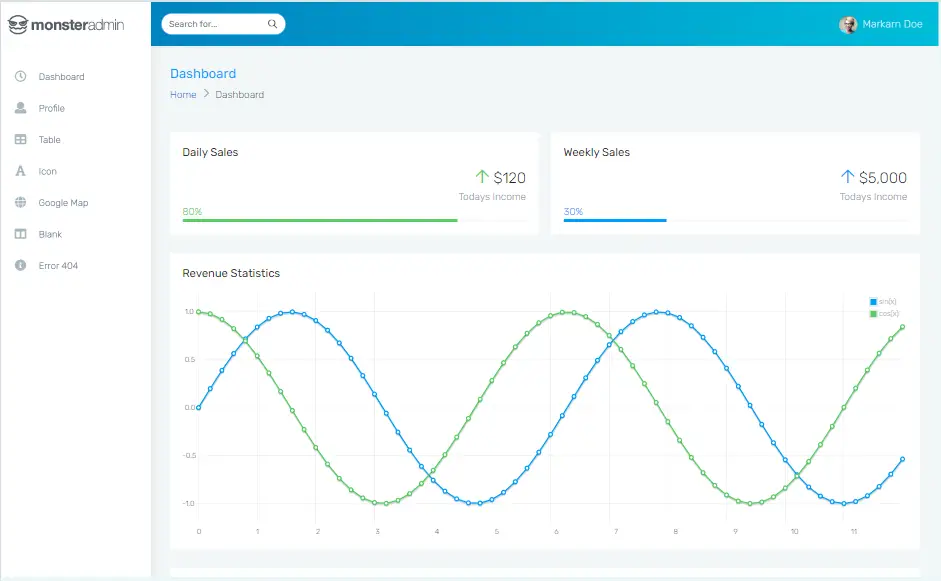DateTime.Now vs DateTime.UtcNow
By Tan Lee Published on Jan 03, 2025 767
It aims to clarify when to use each one, highlighting the benefits of UTC in handling time zone differences.
Understanding DateTime.Now in C#
DateTime.Now retrieves the current local date and time, taking into account the system’s time zone settings. It is useful for applications that need to display or work with local times. For instance, in a video conference app, DateTime.Now can show the time according to each user's local time zone. It also allows for time differences and interval calculations, returning a TimeSpan object when you subtract one DateTime from another.
For example:
DateTime currentTime = DateTime.Now;
Console.WriteLine("Current local time is: " + currentTime);C# DateTime Formats and Time Zones
C# enables you to format date and time values using the ToString() method and format specifiers, allowing you to display them in different styles, such as date-only, time-only, or long/short format versions.
DateTime now = DateTime.Now;
Console.WriteLine("Long date format: " + now.ToString("D"));
Console.WriteLine("Short time format: " + now.ToString("t"));Calculating Time Differences with C# DateTime.Now
To track time intervals or measure elapsed time, you can perform mathematical operations on DateTime objects, with the result being represented as a TimeSpan object.
DateTime startTime = DateTime.Now;
System.Threading.Thread.Sleep(5000); // Pausing for 5 seconds
DateTime endTime = DateTime.Now;
TimeSpan elapsedTime = endTime - startTime;
Console.WriteLine("Time elapsed: " + elapsedTime.TotalSeconds + " seconds");This example uses DateTime.Now to calculate the time elapsed while a thread sleeps for 5 seconds, then displays the resulting time difference in seconds.
Understanding DateTime.UtcNow
DateTime.UtcNow returns the current time in Coordinated Universal Time (UTC), which is immune to daylight saving time changes and useful for global applications. UTC helps ensure consistency across different time zones. C# also provides methods for converting between UTC and local times using ToUniversalTime() and ToLocalTime(). For applications like social media platforms or databases, storing timestamps in UTC helps avoid confusion related to local time zone changes.
For example:
DateTime utcNow = DateTime.UtcNow;
Console.WriteLine("Current UTC time is: " + utcNow);Converting Between UTC and Local Time in C#
C# offers convenient methods to convert UTC time to local time (and vice versa), making it easier to work with users across different time zones.
DateTime localNow = DateTime.Now;
DateTime utcNow = DateTime.UtcNow;
DateTime localToUtc = localNow.ToUniversalTime();
DateTime utcToLocal = utcNow.ToLocalTime();
Console.WriteLine("Local time to UTC: " + localToUtc);
Console.WriteLine("UTC time to local: " + utcToLocal);The example demonstrates how to use ToUniversalTime() to convert local time to UTC and ToLocalTime() to convert UTC to local time, making timezone conversions simple.
Handling UtcNow DateTime in Different Time Zones
To display time in a specific time zone, you can use the TimeZoneInfo class. First, get the target time zone with TimeZoneInfo.FindSystemTimeZoneById(), then use TimeZoneInfo.ConvertTimeFromUtc() to convert UTC time to the desired time zone.
DateTime utcNow = DateTime.UtcNow;
TimeZoneInfo targetTimeZone = TimeZoneInfo.FindSystemTimeZoneById("Pacific Standard Time");
DateTime targetLocalTime = TimeZoneInfo.ConvertTimeFromUtc(utcNow, targetTimeZone);
Console.WriteLine("Current time in Pacific Standard Time: " + targetLocalTime);The code snippet converts the current UTC time to Pacific Standard Time and displays it on the console.
When to Use DateTime.Now
Use DateTime.Now when you need to display time in a local context, such as in user interfaces or managing events in local time zones. For example, a clinic appointment scheduling app might use DateTime.Now to show appointment times in the user’s local time.
DateTime appointmentTime = new DateTime(2024, 12, 5, 14, 0, 0); // 2:00 PM on December 5, 2024
DateTime reminderTime = appointmentTime.AddHours(-48); // 48 hours before the appointment
Console.WriteLine("Your appointment is on " + appointmentTime.ToString("f"));
Console.WriteLine("A reminder will be sent on " + reminderTime.ToString("f"));When to Use DateTime.UtcNow
DateTime.UtcNow is best when managing global data, storing timestamps in databases, or performing time-related calculations across different time zones. For instance, a project management tool can calculate deadlines in various time zones by first storing the deadline in UTC and then converting it based on the user’s location.
DateTime postCreationUtc = DateTime.UtcNow;
Console.WriteLine("Post created at (UTC): " + postCreationUtc);Understanding the differences between DateTime.Now and DateTime.UtcNow is crucial for accurate time calculations. By considering factors like time zones and formatting needs, you can choose the appropriate method and avoid time management issues in your applications.





